PRP Skin Treatment in Pune
Glow from Within – Powered by Your Own Platelets
PRP Skin Treatment in Pune
PRP Skin Treatment (Platelet-Rich Plasma therapy) is a natural skin rejuvenation procedure that uses your body’s own platelets to stimulate collagen production, improve skin texture, and enhance overall glow. Often referred to as the “Vampire Facial,” this treatment involves drawing a small amount of your blood, processing it to extract the platelet-rich plasma, and then injecting or micro-needling it back into targeted areas of your skin.
The growth factors in PRP help to repair damaged skinv, reduce fine lines, improve elasticity, and heal acne scars — all without chemicals, fillers, or surgery.
At Eva Pimples, Skin & Hair Clinic, Pune, PRP is performed using advanced techniques under the supervision of expert dermatologists to ensure maximum safety and visible results.
Everything to know about PRP Skin Treatment
- Types
- Process
- When To See Dermatologist
- Benefits
PRP therapy can be customized in various ways depending on your skin concern and treatment technique. Here are the main types:
Also known as the Vampire Facial, this treatment involves applying PRP over the skin and using micro-needling to help it penetrate deeper. It boosts collagen, improves texture, and reduces acne scars.
In this technique, PRP is directly injected into specific areas such as under the eyes, cheeks, or forehead. It's ideal for dark circles, fine lines, and targeted skin rejuvenation.
This uses an advanced dermapen tool that creates controlled micro-injuries, allowing deeper PRP absorption. It offers faster healing and better results in skin tightening and scar reduction.
For enhanced results, PRP is often combined with treatments like Fractional CO₂ Laser or Radiofrequency Microneedling, especially for stubborn scars, large pores, or advanced aging.
Process of Skin PRP Treatment: Step-by-Step Process
We follow a medically advanced and hygienic approach to ensure safe and effective PRP therapy. Here’s how the procedure works:
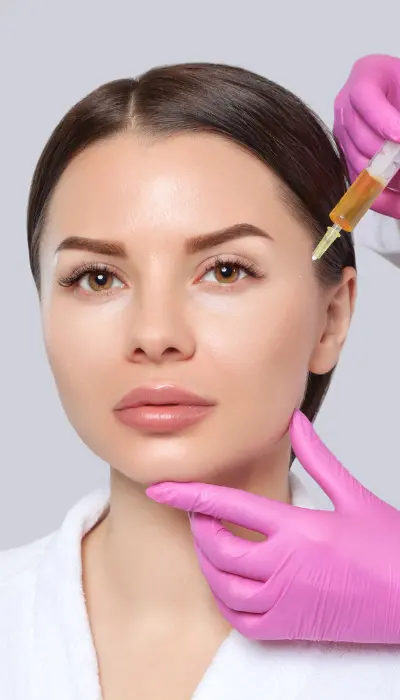
Consultation & Skin Assessment
At Clinic, treatment begins with a detailed skin analysis to identify your concerns be it dullness, fine lines, pigmentation, or scars — and decide if PRP is right for you.
Blood Draw
A small amount (usually 10–15 ml) of your blood is drawn from your arm, similar to a routine blood test.
Centrifugation & PRP Extraction
The blood is placed in a centrifuge machine, which spins it to separate the platelet-rich plasma (PRP) from other components. This golden plasma is rich in growth factors and healing proteins.
Skin Preparation & Numbing
A topical anesthetic cream is applied to numb the skin, ensuring a comfortable experience during microneedling or injections.
Injection of PRP
Depending on your selected technique PRP is gently applied and micro-needled into the skin, or Injected directly into target areas like under-eye, cheeks, or forehead.
Post-Treatment Cooling & Care
A calming serum or cooling mask is applied to soothe the skin.
When to See a Dermatologist for PRP Skin Treatment
PRP treatment is ideal for individuals seeking natural skin rejuvenation without harsh chemicals or invasive procedures. You should consider visiting a dermatologist if you are experiencing:
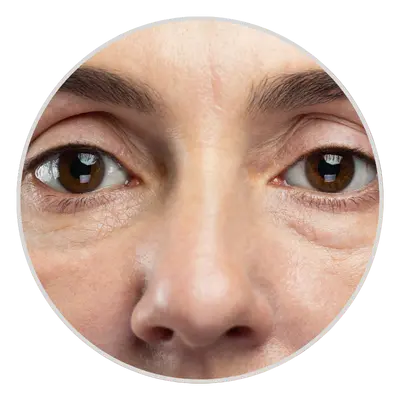
Premature Aging
Fine lines, crow’s feet, or early wrinkles creeping in? PRP can naturally restore firmness and slow down aging before it deepens.
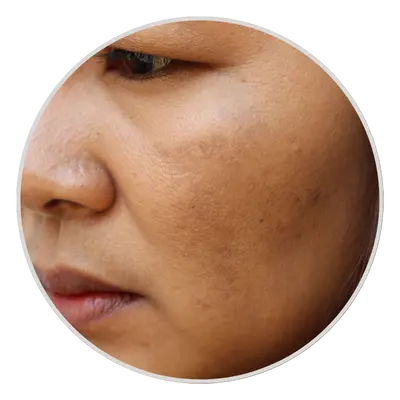
Dull Skin
If your face has lost its glow and feels rough or uneven, PRP stimulates collagen and blood flow — giving you a radiant, dewy look.
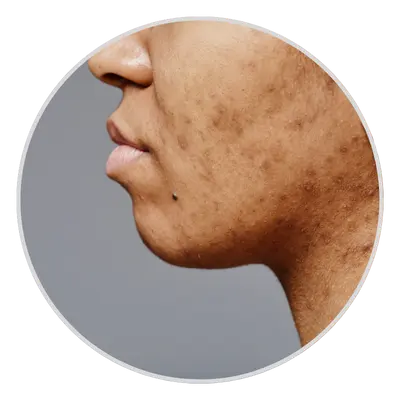
Acne Scars
PRP is an excellent non-surgical solution for softening old acne scars and improving texture, especially when other treatments haven’t worked.
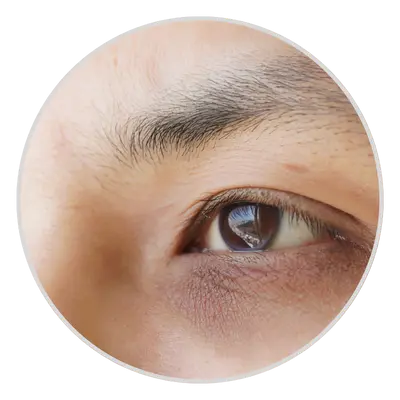
Dark Circles
Platelet-rich plasma helps rejuvenate delicate under-eye skin, reducing darkness, puffiness, and hollowing over time.

Natural, Non-Invasive Glow-Up
If you're looking to refresh your skin without fillers, Botox, or lasers — PRP offers results using your own body’s healing power.
PRP therapy is a clinically backed skin rejuvenation method that offers natural, long-lasting results. Here’s why it’s loved by dermatologists and clients alike:
PRP stimulates your skin’s own collagen and elastin production, helping you achieve firmer, plumper, and more youthful skin — without synthetic ingredients.
It effectively smooths out rough patches, fine lines, and acne scars, giving your skin a refined texture and visibly even tone.
PRP gently rejuvenates tired-looking under-eye areas, reducing puffiness, darkness, and sunken skin.
This treatment uses your own blood no harsh chemicals or surgery making it a safe, biocompatible option with minimal recovery time.
Clients often see a progressive improvement in radiance, hydration, and elasticity over 3–4 weeks post-treatment, with results lasting for months.
How to take Care After Skin PRP Treatment
Keep the Area Clean & Undisturbed
Do not wash or touch the treated area for at least 6–8 hours. After that, cleanse gently using a fragrance-free, mild face wash.
Moisturize & Protect
Apply the prescribed soothing cream or barrier repair moisturizer twice daily. Always wear a broad-spectrum SPF 30+ sunscreen — even indoors.
Stay Hydrated
Drink at least 2–3 litres of water per day to aid skin regeneration.
Avoid Sun Exposure
Stay indoors as much as possible; UV rays can interfere with healing.
No Heat or Sweat
Refrain from hot showers, gym, steam, sauna, and swimming for 48–72 hours.
No Makeup or Actives
Avoid all makeup, retinoids, Vitamin C, or chemical exfoliants for 48 hours.
Downtime of Skin PRP Treatment
PRP Skin Treatment is a safe and minimally invasive treatment, especially because it uses your own blood. However, like any dermatological procedure, some mild and temporary side effects can occur:
Redness & Swelling
Slight redness, warmth, or puffiness in the treated area is common and usually fades within 24–48 hours.
Mild Bruising or Pinpoint Bleeding
Some patients may notice light bruising or tiny dots of blood at injection or microneedling sites. These typically resolve in 2–3 days.
Tightness / Sensitivity
You might feel a mild tight or stretched sensation post-treatment. This is a sign of collagen activation and will ease within a day or two.
Temporary Dryness or Peeling
As the skin begins to renew, minor flaking or dryness may occur. It’s important not to pick or exfoliate the skin prematurely.
Allergic Reactions (Rare)
Although rare, sensitivity to topical numbing agents or post-care products may cause irritation. Always inform your dermatologist of allergies beforehand.
Cost of Skin PRP Treatment in Pune
The cost of PRP skin treatment can vary based on your skin condition, number of sessions required, and the clinic’s expertise.
Scars Faded. Glow Activated. Confidence Restored with PRP Skin Treatment at Eva Pimples, Skin & Hair Clinic, Pune is your trusted solution.

Skin PRP Treatment Before After Results
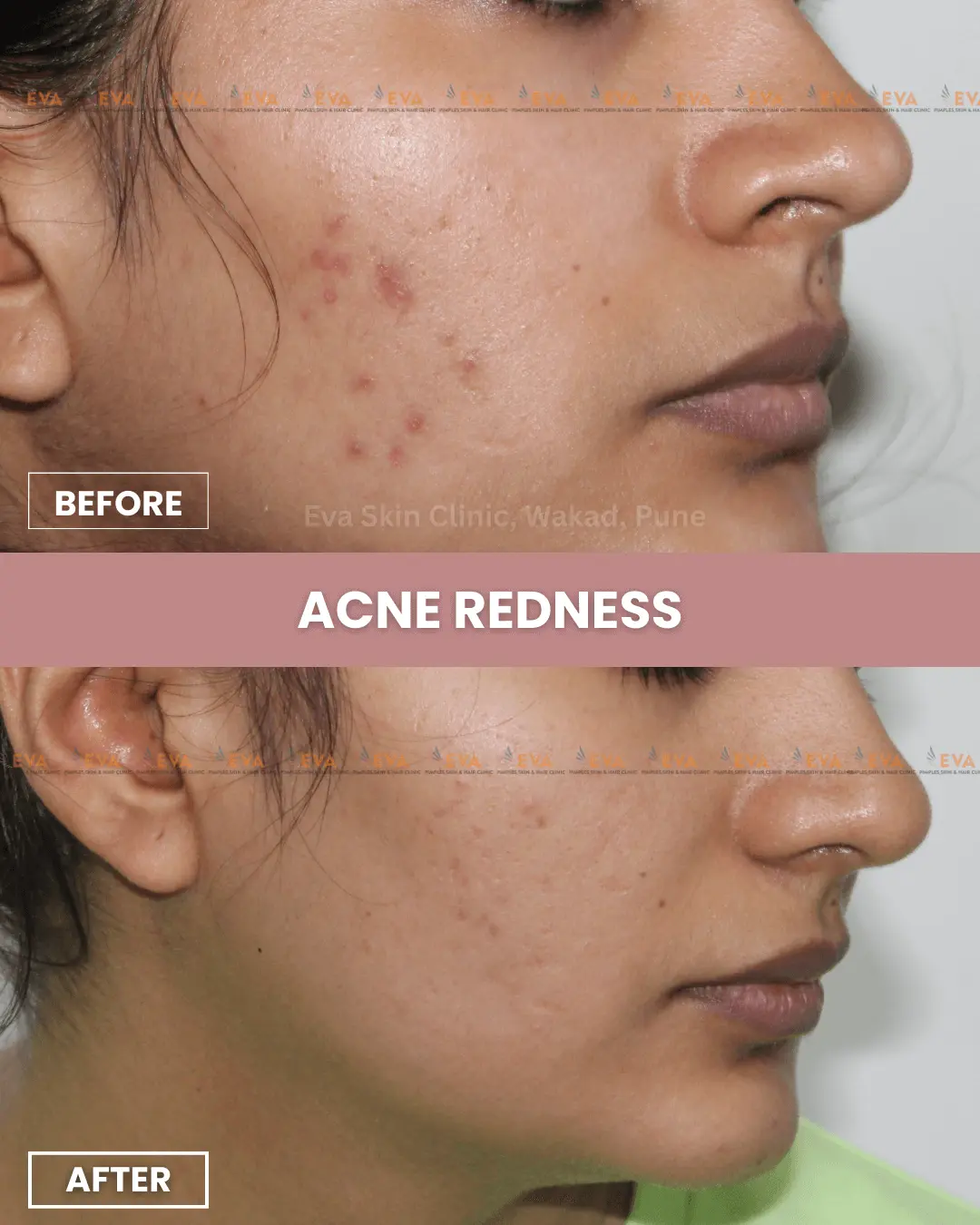
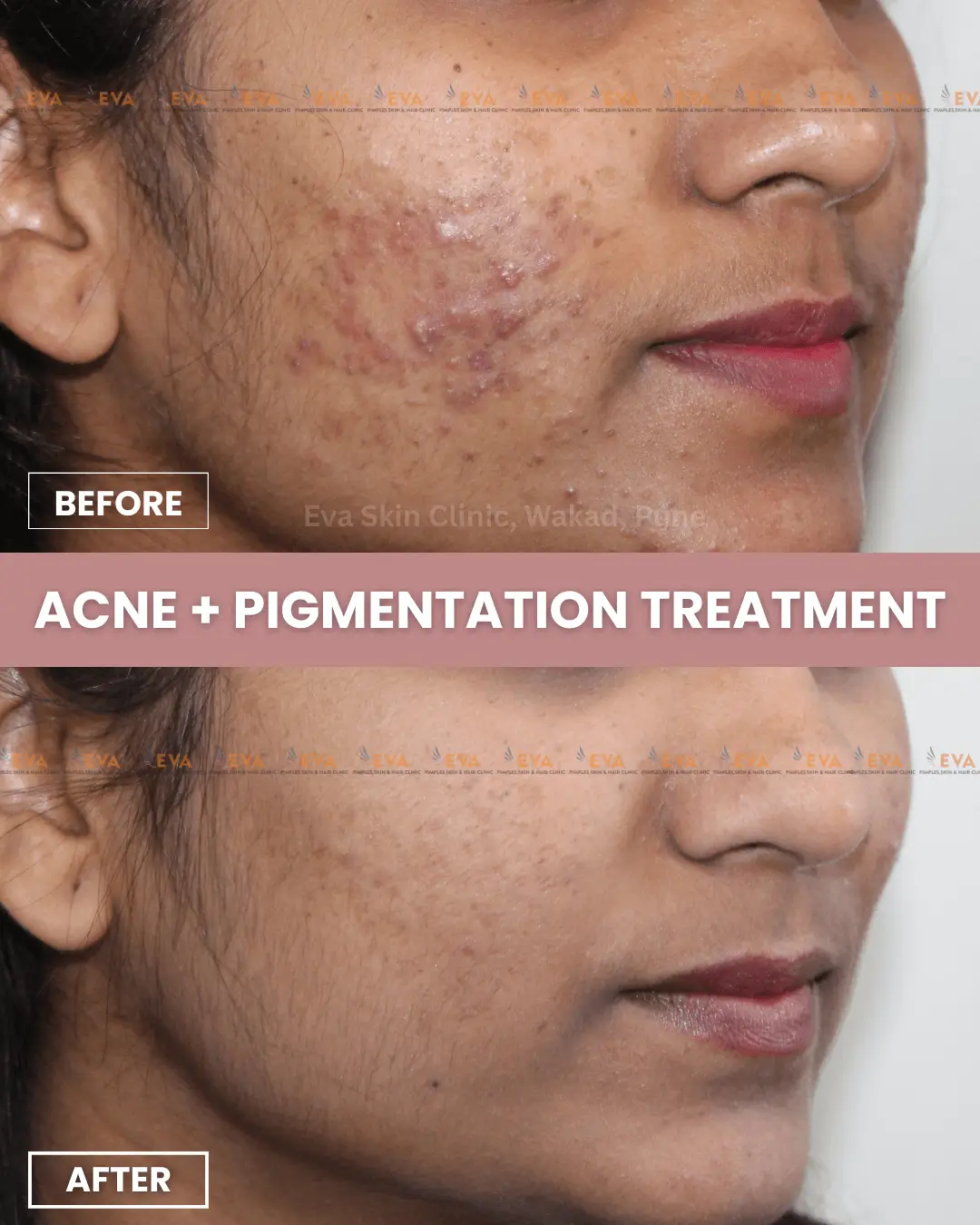
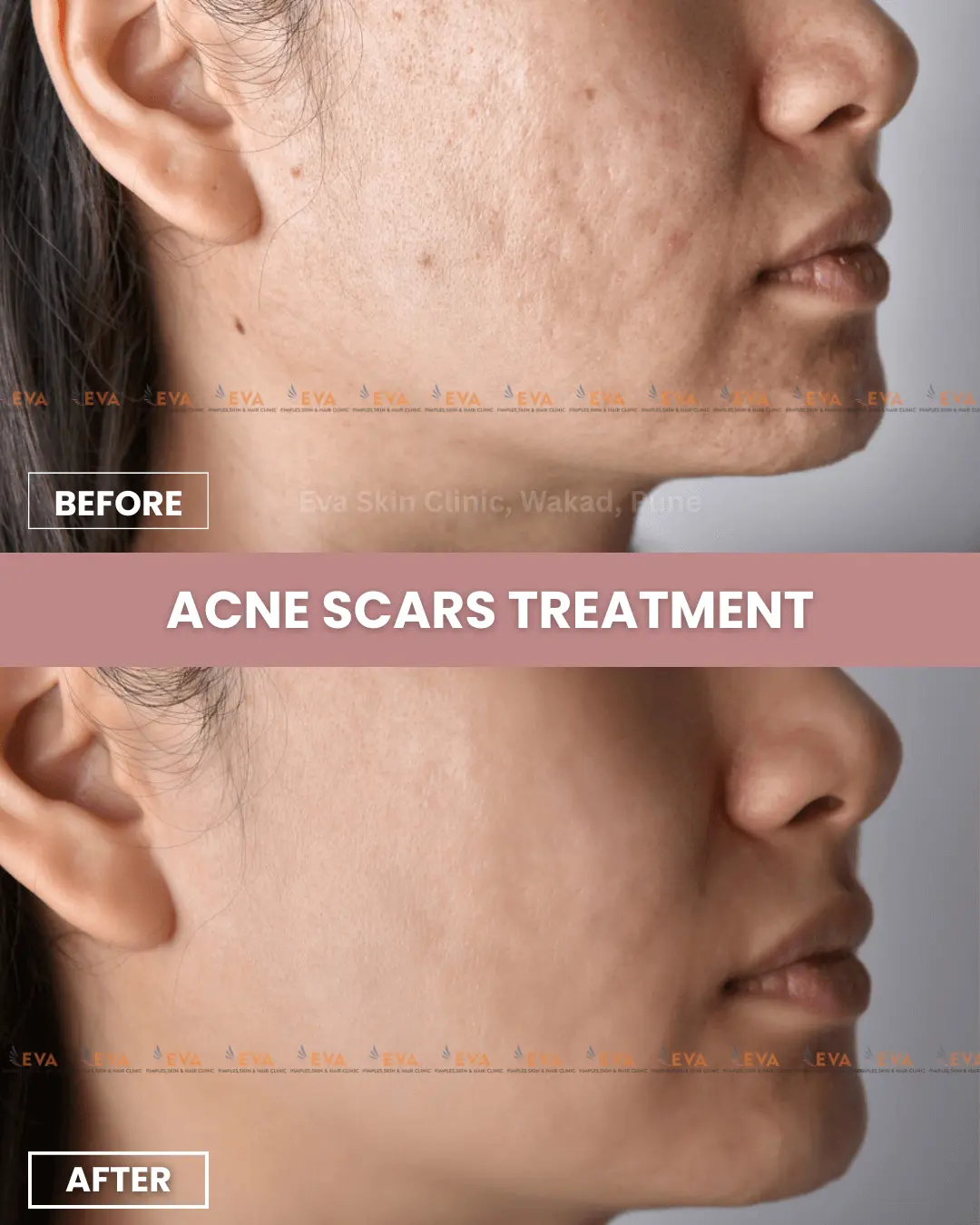
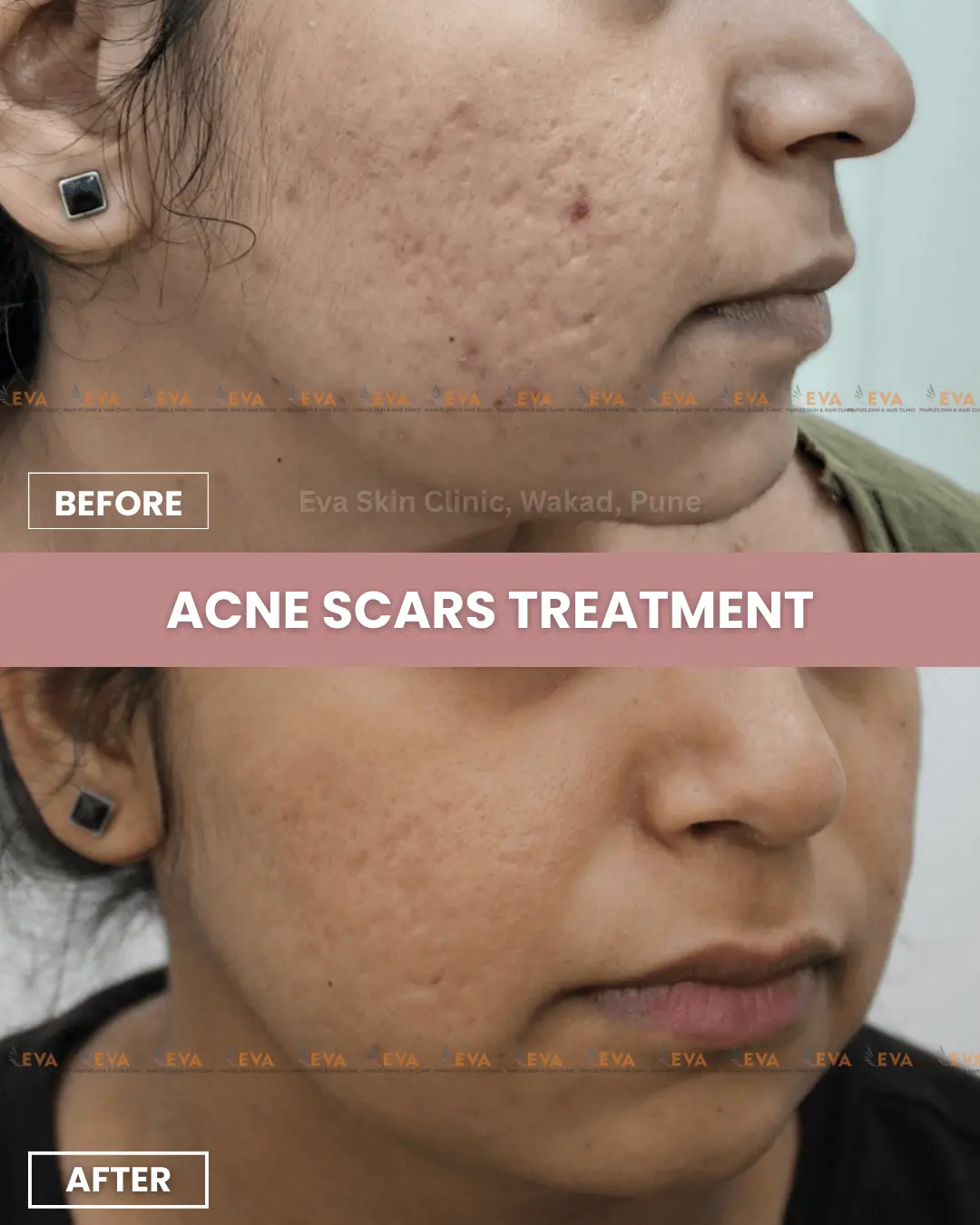
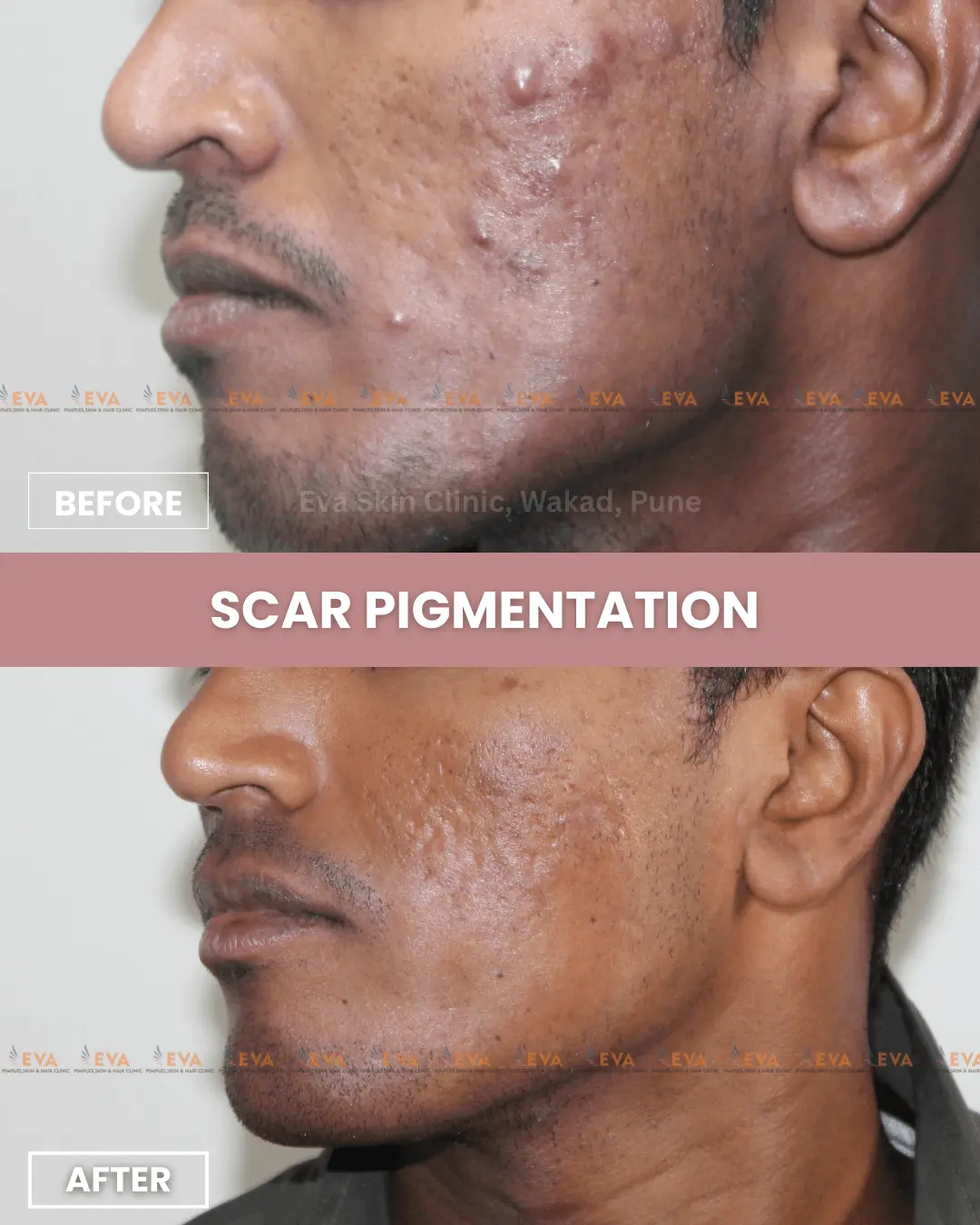

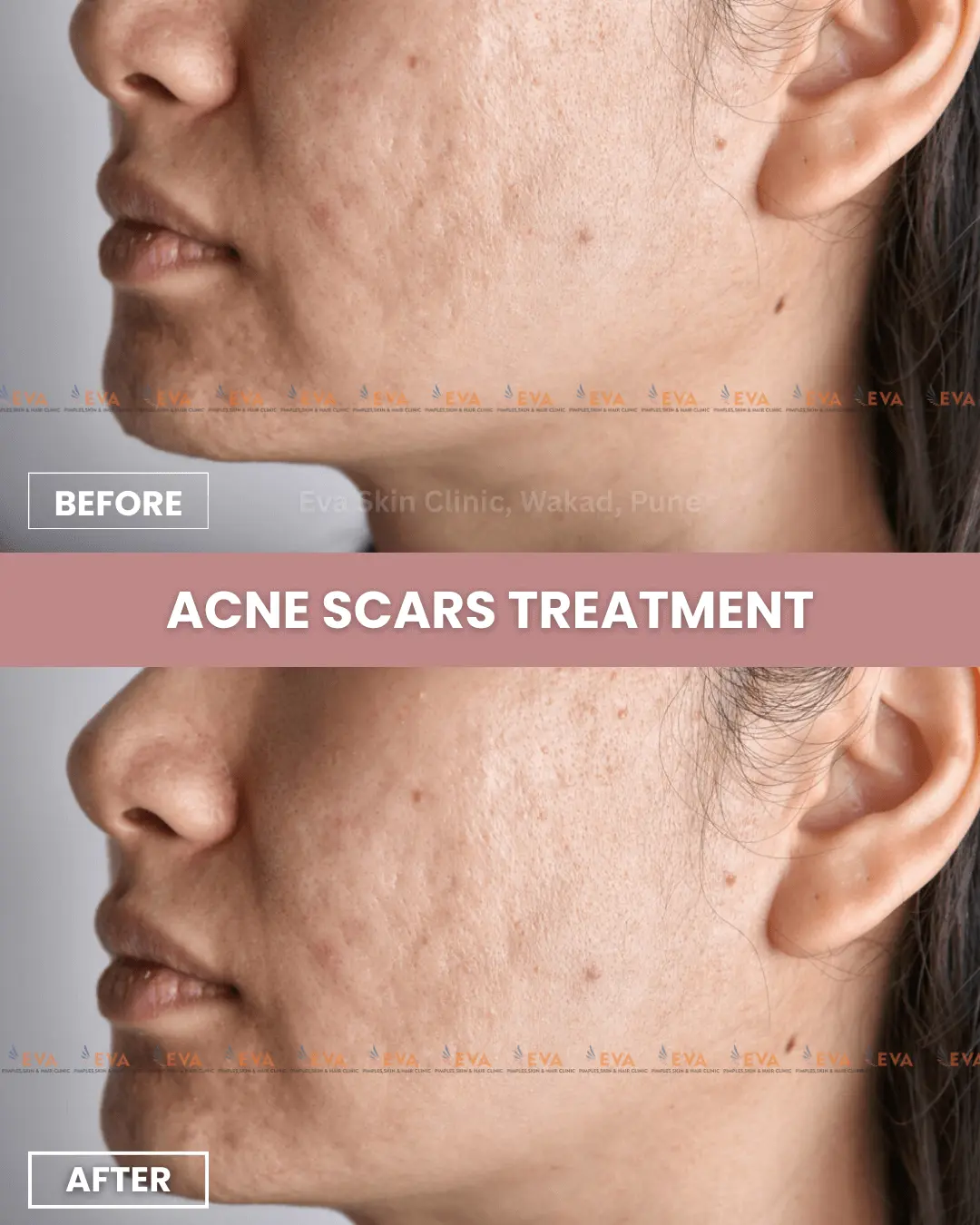
Real results from Real Patients. Your transformation could be next.
Skin That Looks Fresh. Feels Firm. Glows Naturally Skin PRP Treatment at Eva delivers subtle, natural-looking results
just like 6,000+ of our happy patients!
Because Happy Skin Tells the Best Stories
Posted onTrustindex verifies that the original source of the review is Google. Genuine, good doctors. I saw results within 2 weeks. Good service all along. My reason for coming here were the results my sister got. So i knew it could be trusted. Thanks to everyone's work!!!Posted onTrustindex verifies that the original source of the review is Google. 5 stars for the overall experience I had with this clinic; however, I felt disappointed in today's hydrafacial session. First, they charged 1800 for this, and after the session, it felt like it was the same as the peel-off I had two months back. There was nothing new or any difference between the peel-off and the hydrafacial. Second, there was a lot of disturbance during the session; someone kept entering the room three times, and if you give any sheet mask to us, please include this in the hydrafacial instead of charging separately . Please take this as a feedback.Posted onTrustindex verifies that the original source of the review is Google. Great experience! The results were visible within a few sessions. Professional staff and effective treatment — highly recommend!Posted onTrustindex verifies that the original source of the review is Google. Within just 4 months of hair treatment for hairloss and hair thinning, i have found reduce in hairfall as well as quality has improved a lot.Posted onTrustindex verifies that the original source of the review is Google. Great Experience at Eva Clinic! The staff was very polite and caring. I felt comfortable throughout my treatment. Excellent service and support. Truly satisfied and would highly recommend Eva Clinic!Posted onTrustindex verifies that the original source of the review is Google. Good treatment for hair fall solutionPosted onTrustindex verifies that the original source of the review is Google. I had a wonderful experience at Eva Clinic. The staff was professional, friendly, and attentive. The skin treatment I received was very effective, and they explained everything clearly. Highly recommend for anyone looking for reliable hair and skin care!Posted onTrustindex verifies that the original source of the review is Google. I visited Dr Poonam for acne and I’m extremely happy with the results. The doctor was very patient, explained the root cause clearly, and recommended a treatment that started showing results within a few weeks.Posted onTrustindex verifies that the original source of the review is Google. IT was a great experience with you And thank you for considering your productsPosted onTrustindex verifies that the original source of the review is Google. Good resufor acneLoad more

